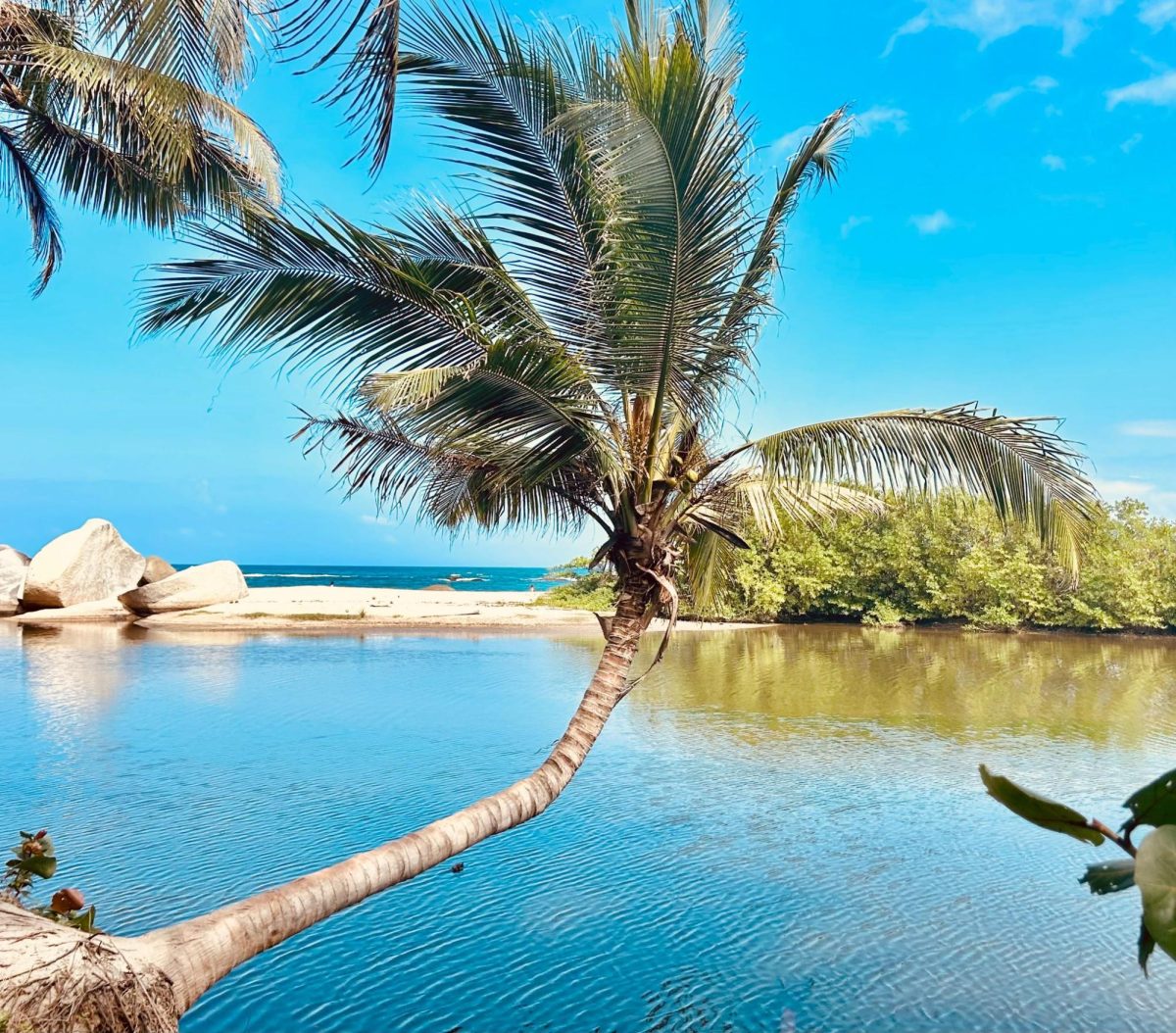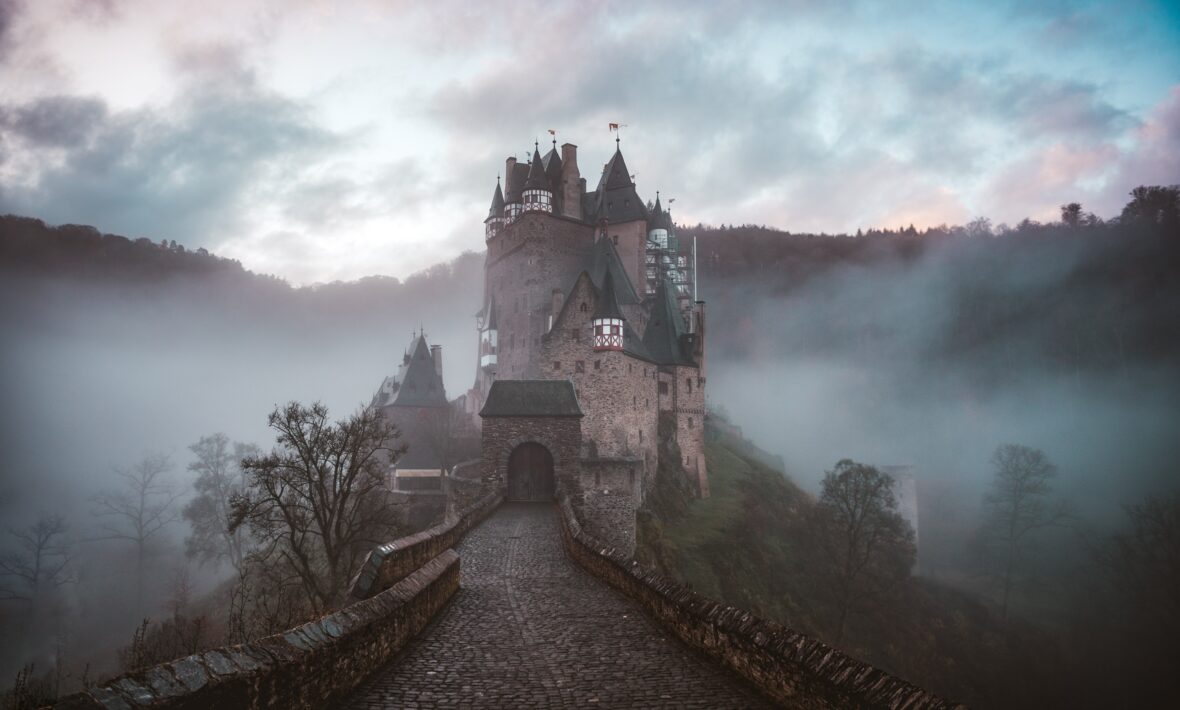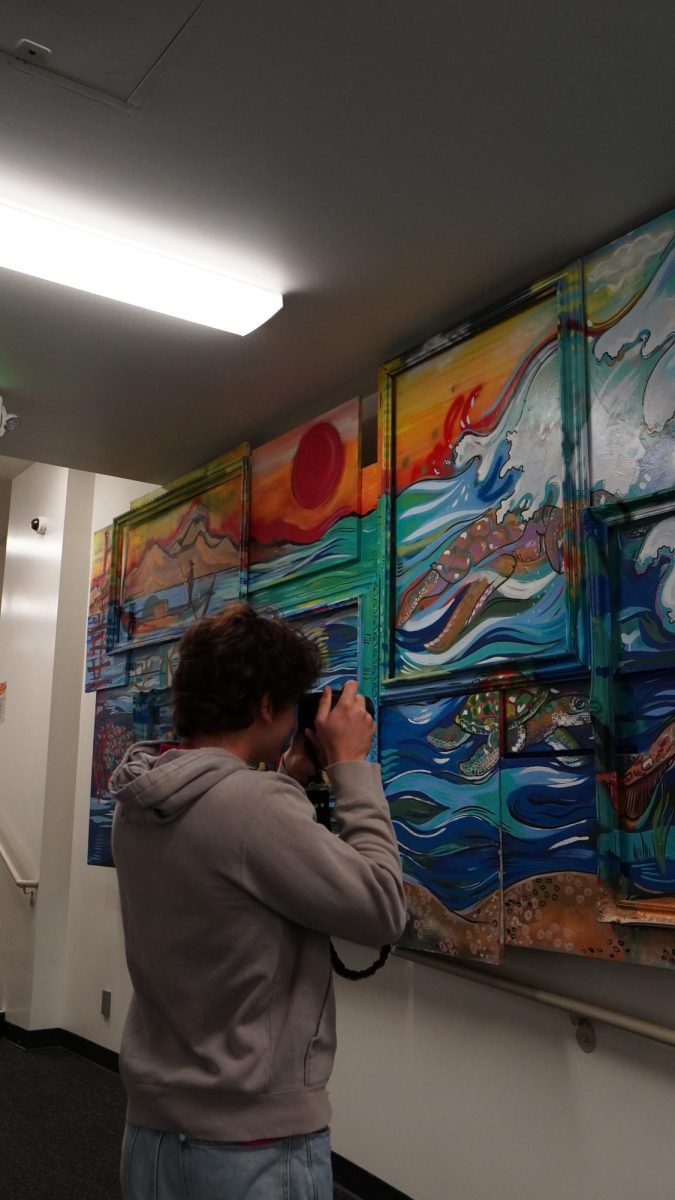“Why would you even want to go to Colombia?” “Isn’t Colombia where they, like, make cocaine?” To my great surprise, these questions were asked by my fellow Breakers when I announced my voyage to Colombia. Many were posed jokingly, but I wanted to get to the bottom of it. How did the country gain its questionable reputation, and, most importantly, how has the Colombian government made it safe again?
Although Colombia is safe now, its reputation is tarnished, holding it back from its full potential. In the 1980s, criminals such as Pablo Escobar led countless drug cartels and caused much havoc in the country. Escobar was charged with many crimes, including bribery, murder, and corruption of government officials, just to name a few. Even the vibrant city of Medellin was once dubbed the “murder capital of the world.” In total, the National Center of Historical Memory reports over 220,000 killings between 1958 and 2012 and 27,000 kidnappings between 1970 and 2010. Upon my travels near the tropical Isla Grande de Rosario outside Cartagena, I had the opportunity to dive near Escobar’s sunken plane wreck. It was rusted and overcome by the local sea life, coral, seaweed, and many fish called the wreckage home. This seemed symbolic of how Colombia’s violent past has been put to rest. In 1991, Pablo Escobar was imprisoned once and died in prison in 1993. Pablo Escobar’s imprisonment and death have profoundly impacted the once cartel-led country. He represented many groups that terrorized the local population, and his presence was not missed.
Unfortunately, the country still has one of the highest numbers of IDPs (internally displaced persons) in the world at 6.8 million, due to the fear of the FARC, a prominent revolutionary group responsible for drug smuggling, terrorism, murders and kidnappings no longer in power. In their efforts to make the country safe again, the Colombian government signed a ceasefire in 2016 with the FARC. Since this milestone, the murder rate decreased by almost 75%. The local population has been suffering so much, but the government has been able to rein this in dramatically. Now, in the capital city of Bogota, police officers are standing on every corner. Their constant presence reassures locals and tourists alike, especially at night.
Colombia’s many natural, cultural, and intellectual treasures are open for all to discover. The former murder capital, Medellin, has been renamed the “Silicon Valley of Latin America” owing to its growing technology hub. Top Colombian sights to explore include Bogota’s museums, such as the unique gold artifacts displayed at the Museo Del Oro or Fernando Botero’s unique paintings at the Museo Botero. The country also offers many breathtaking archeological sites, such as Lake Guatavita. Explorers from many countries, including Spain, the United Kingdom, and the United States, attempted to drain the lake to access the gold items said to be hidden at its bottom. While some items were recovered, today’s lake mostly shines because of its natural beauty and isolated location. Lastly, I had the opportunity to visit exquisite national parks and preserves, such as El Dorado Aviary Preserve and Tayrona National Park, over this last winter break.
Even though the country seems perfectly safe now, some dangerous areas remain, including the region near the Venezuelan and Ecuadorian borders and Buenaventura and Tumaco. Another region to avoid is the Darién Gap, a jungle area between Colombia and Panama where travel from Central to South America is interrupted due to the lack of roads traversing this dangerous area. However, if you avoid these specific places, you should have an exciting trip while staying safe. As in most developing countries, it is essential to remain aware of your surroundings and be cautious about situations such as entering poor neighborhoods after dark.
Colombia is a beautiful country with a violent past and a torn-up reputation, but it has risen from the ashes and become one of the most amazing countries in the world. From the paradisiac and untouched beaches of Tayrona National Park to the bustling city of Bogota, teeming with cultural wonders, visiting Colombia will make for one of the most memorable experiences you will ever have. Traveling here should be the number-one item on anyone’s bucket list and a must-go destination.






